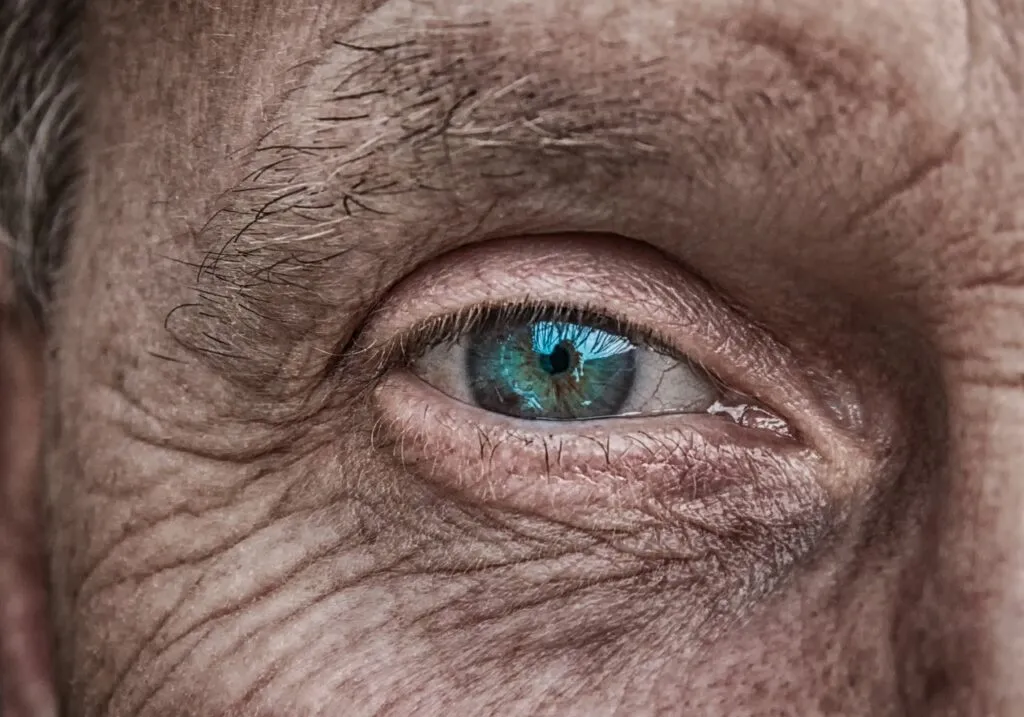Growing older comes with its unique challenges, and eye health is no exception. Understanding these changes and recognizing how to protect your eyes can make a significant difference in maintaining long-term eye health. Here’s how regular eye exams help people who are aging:
Common Age-Related Eye Conditions
As we age, the risk of developing certain eye conditions increases. The following are some of the most common issues associated with aging eyes:
- Cataracts: Cataracts occur when the lens of the eye becomes cloudy, resulting in blurry or faded vision. This condition is widespread among older adults and can be addressed with a straightforward surgical procedure.
- Glaucoma: Glaucoma involves damage to the optic nerve, often caused by increased pressure in the eye. If left untreated, it may lead to vision loss. Since it develops gradually, glaucoma might not show noticeable symptoms early on.
- Macular Degeneration: This condition affects the central part of the retina (the macula), leading to difficulty with sharp, central vision. It can impact tasks like reading or recognizing faces. Early diagnosis can significantly slow its progression.
Understanding these conditions can help you take proactive steps to protect your vision and seek appropriate treatment when needed.
Regular Eye Exams
Eye exams are a key part of managing your eye health as you grow older. Routine checkups allow eye care professionals to spot potential issues before noticeable symptoms appear. Many conditions, such as glaucoma, develop without obvious warning signs, making early detection especially valuable. Regular exams help maintain your vision and identify changes before they progress further.
Lifestyle Choices to Support Eye Health
Every day habits can significantly impact the health of your eyes. Adopting certain practices can promote healthier vision as you age and reduce the risk of potential problems. This includes wearing sunglasses to protect against harmful UV rays, maintaining a balanced diet rich in nutrients like omega-3 fatty acids and vitamins A, C, and E, and taking breaks during screen time.
A Balanced Diet
Foods packed with nutrients like vitamin C, vitamin E, lutein, and omega-3 fatty acids are connected to healthier eyes. These promote better eye health. Dark leafy greens, fish such as salmon, and colorful fruits can contribute to better eye health over time.
UV Protection
Exposure to the sun’s ultraviolet (UV) rays can damage your eyes and increase the risk of cataracts and macular degeneration. Wearing sunglasses labeled with 100% UV protection shields your eyes, whether you’re outdoors on a sunny day or even during overcast conditions. Hats with wide brims also add extra protection.
Resting Your Eyes
For those using screens regularly, the 20-20-20 rule can help reduce eye strain. Every 20 minutes, look at an object 20 feet away for 20 seconds. This gives your eyes a much-needed break and prevents fatigue.
Technology in Eye Care
Advancements in technology have revolutionized how eye health is managed. From laser surgeries to treat cataracts and vision correction procedures to imaging tools that allow detailed exams of the retina, these technologies have improved outcomes and simplified treatments. Digital tools also aid in monitoring conditions like diabetic retinopathy, providing consistent oversight that supports effective management.
Schedule an Appointment With an Eye Clinic
Keeping your eyes healthy as you age doesn’t have to be a significant challenge. Regular eye exams, nourishing foods, and mindful habits contribute to a long-lasting, clear vision. If it’s been a while since your last checkup, schedule an appointment with an eye specialist.

